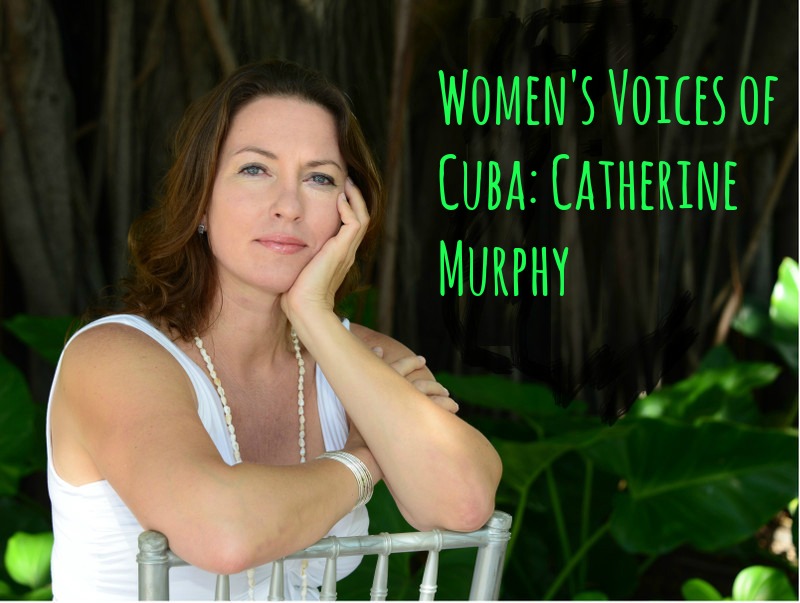Women face obstacles and oppression worldwide. And yet, the struggle continues. Resilient and resolute — women across the globe are working to create meaningful change. On International Women’s Day, we launched a series of blogs through to Mother’s Day highlighting Women’s Voices of Cuba – a series exploring courageous women impacting Cuba. The first two blogs featured Alicia Jrapko and Catherine Murphy. Today, we launch the third and final of the series…
…
Gloria Rolando’s celebrated career as film director spans over 35 years. The primary focus of her work is the African diaspora in the Caribbean. Originally trained in art history, she transitioned to filmmaking and has made documentaries and features. She has worked with the Cuban National Film Institute and is a founding member of the film collective Imagines del Caribe, based in Havana. Rolando is best known for films such as Oggun: An Eternal Presence, about Cuban Yoruba singer Lazaro Ros; My Footsteps in Baragua, a recounting of the history of a West Indian community in Cuba; and Eyes of the Rainbow, a documentary on Assata Shakur, the Black Panther and Black Liberation Army leader who took refuge in Cuba. Her current project traces the history of Africans in Cuba.
The following is a written response from Gloria to Global Exchange’s interview questions, translated from Spanish:
…
I have always worked in documentary filmmaking, since the time when I began working at the The Cuban Institute of Cinematographic Art and Industry (ICAIC) in 1976. In 1995 I began working with the GRUPO DE VIDEO IMAGENES DEL CARIBE, an independent project without any kind of resources, but [they provided] a way to continue my work about the experience of the black population on the island of Cuba. It was also a way, during that time of scarcity…in Cuba, called the special period….that allowed me to survive and live, creating work about themes that still interest me today. Spiritual life, social, political, and music of Afro-Cubans, the subject of migration, the presence of thousands of people from the English speaking Caribbean, and Haitians are my favorite topics.
[My work] is not just about the presence of black people in Cuba, it is much deeper than that because it has to do with the economic history of the country, the sugar industry, the history of the workers movement on the Cuban island. In these works, I give voice and presence to many people and of course to women because they are the protagonists of many chapters of the African diaspora. And it is right to tell these stories, and so I’ve dedicated myself to giving a space to women as well.
My work has taken much energy and dedication. [My latest project], MY GRANDMOTHER, is a look at a black woman. It is a homage to all those grandmothers who wash and iron so that today we can be professionals. They had many challenges and [by telling their story] we give them continuity.
 TAKE ACTION!
TAKE ACTION!

 TAKE ACTION!
TAKE ACTION!